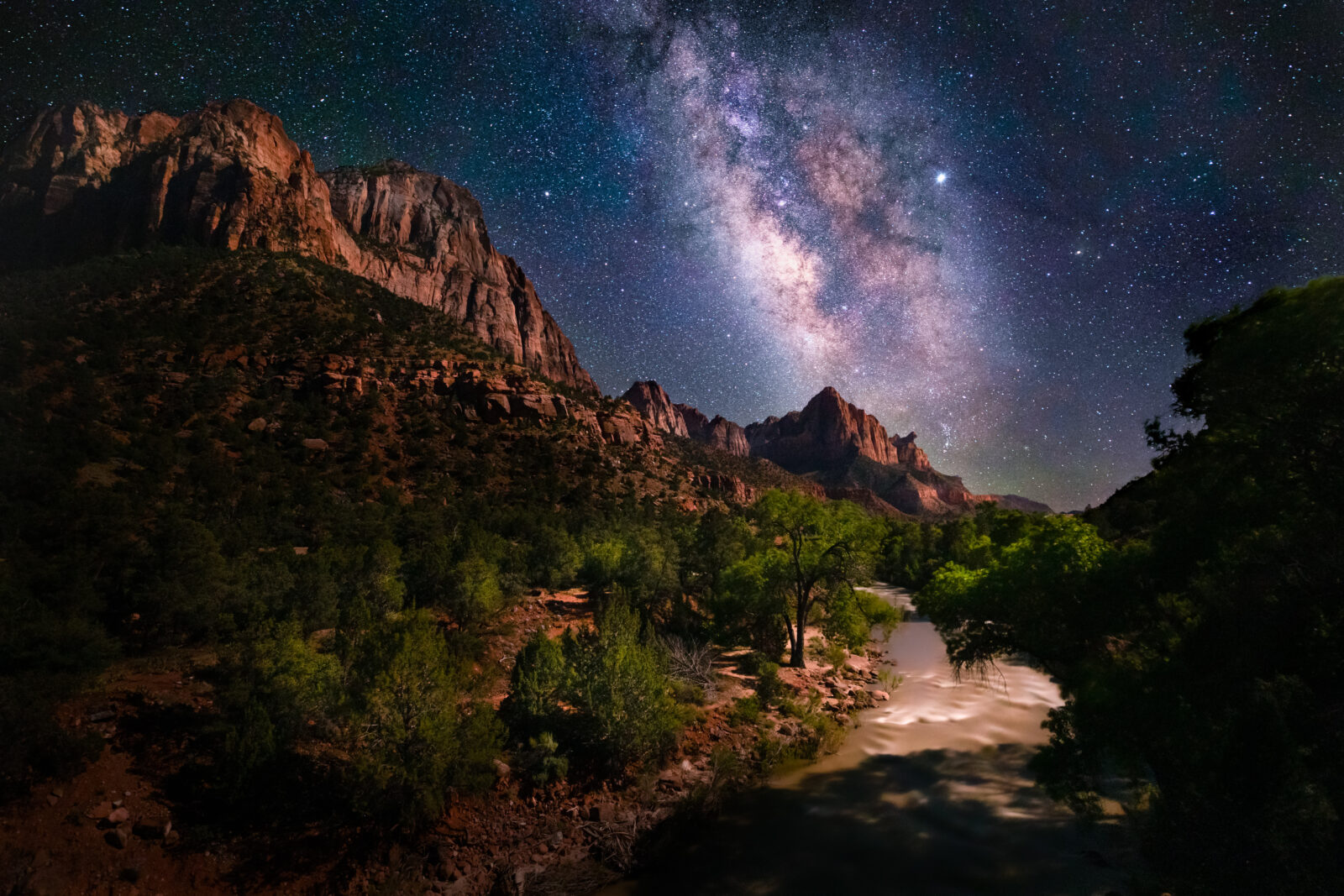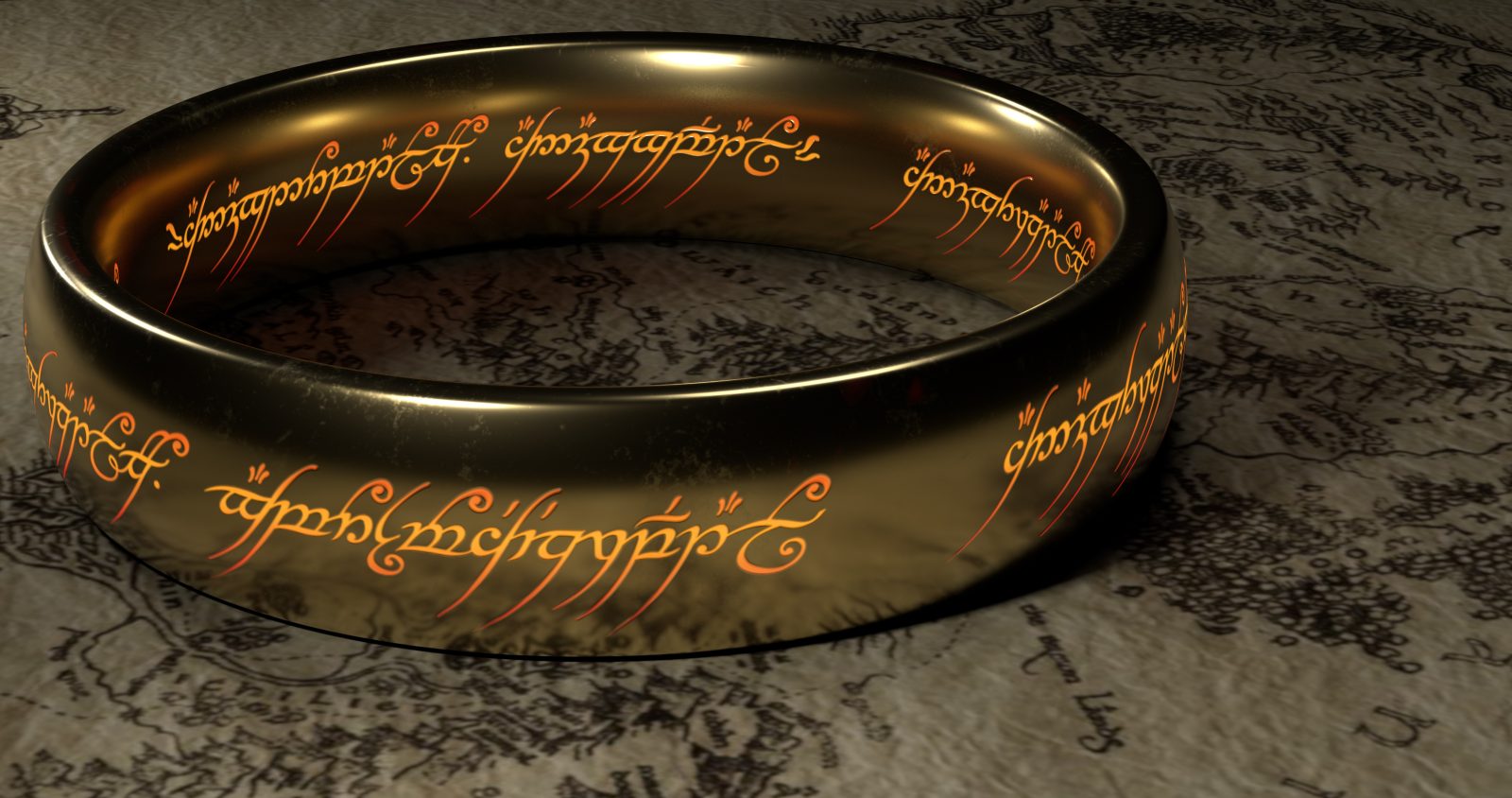


Carl Sagan Wrong about “Pale Blue Dot,” Says Astrobiologist

A Privileged Place for Life and Discovery
On this ID the Future host and geologist Casey Luskin continues his conversation with astrobiologist Guillermo Gonzalez about the many ways Earth’s place in the cosmos is fine tuned for life. In this second half of their conversation, Gonzalez zooms out to discuss the galactic habitable zone and the cosmic habitable age. Luskin says that the combination of exquisite cosmic and local fine tuning strongly suggests intelligent design, but he asks Gonzalez whether he thinks these telltale clues favor theism over deism? That is, does any of the evidence suggest a cosmic designer who is more than just the clockmaker God of the deists who, in the words of Stephen Dedalus, “remains within or behind or beyond or above his handiwork, invisible, refined out of existence, indifferent, paring his fingernails”? Gonzalez answers in the affirmative, but the reasons he offers for this conclusion may surprise you. Tune in to hear his answer. This two-part interview was occasioned by Gonzalez’s essay in the newly released book Science and Faith in Dialogue, available for free here. Part 1 of the interview is here. And Gonzalez’s book, The Privileged Planet, is available here.

The Problem of Earth Privilege: It’s Getting Worse
On today’s ID the Future, astrobiologist Guillermo Gonzalez, co-author of The Privileged Planet, provides a rapid survey of some of the growing evidence that Earth is finely tuned in numerous ways to allow for life. He draws a helpful distinction between local fine tuning and universal fine tuning. And he tells us about the many extra-solar planets astronomers have discovered in recent years and how all that new data continues to undermine the misguided assumption (encouraged by the misnamed “Copernican Principle”) that Earth is just a humdrum planet. Far from it, Gonzalez argues. The conversation is occasioned by Gonzalez’s essay in a newly released anthology, Science and Faith in Dialogue.

Casey Luskin on the Intelligent Design of Earth for Life
On today’s ID the Future geologist Casey Luskin explains how Earth contains many intricate geological processes required for life. He argues that, taken together, this points to intelligent design rather than dumb luck. This episode is the first half of a talk Dr. Luskin presented at the 2022 Dallas Conference on Science and Faith. Stay tuned for Pt. 2 and a Q&A with his original audience.

Casey Luskin on Why He Favors ID over Theistic Evolution
Today’s ID the Future continues intelligent design theorist Casey Luskin’s conversation with Apologetics 315 podcast hosts Brian Auten and Chad Gross. Here in Part 2, Luskin give a peek behind the scenes of ID 3.0, the current research program inspired by the intelligent design framework. Luskin is then asked to explain his reservations about theistic evolution, and Luskin points out the evidential, rhetorical, and logical problems he sees with the brand of theistic evolution advocated by Francis Collins and Biologos. What about the future of the intelligent design movement? Luskin says he’s optimistic, both because of the exciting research and publication breakthroughs of late, and because of the many converts he’s seeing to the ID framework. According to Luskin, many of these recruits remain behind the scenes to avoid reprisals from opponents of ID in positions of power, but some top scientists have come out publicly in support of intelligent design, including at least one Nobel Laureate. This episode is presented here with permission from Apologetics 315.

The Gollum Effect in Science, from Tycho Brahe to Today
On this ID the Future, host Andrew McDiarmid sits down with historian and philosopher of science Michael Keas to discuss a recent article at Times Higher Education, “My Precious! How Academia’s Gollums Guard Their Research Fields.” The article looks at how scientific progress is being impeded by a culture in which scientists jealously guard their research instead of sharing it. Keas says the problem seems to have gotten worse in recent years but isn’t a new one. He illustrates with the story of Tycho Brahe and Johannes Kepler. Brahe, a sixteenth-century Danish astronomer, sat on his astronomical research for years, rather than sharing it with Johannes Kepler, his assistant. Kepler only got hold of it when Brahe died unexpectedly shortly after a banquet. The rumor began that perhaps Brahe had been poisoned to free up access to his research, data that eventually allowed Kepler to make his revolutionary breakthrough, his three laws of planetary motion that cinched the case for a sun-centered model of the universe. Keas goes on from there to explain what a later autopsy revealed about Brahe’s cause of death. Then he discusses some modern-day power plays involving evolutionists jealously guarding the Darwinian paradigm against those who would challenge it. Finally, Keas enumerates some of the virtues that can help further the progress of science, including generosity and a humble willingness to listen to criticism. For more surprising facts in the history of science, check out Keas’ recent book, Unbelievable: 7 Myths About the History and Future of Science and Religion.

It Came from Outer Space? Astrobiologist: Not Likely
On today’s ID the Future astrobiologist Guillermo Gonzalez and host Casey Luskin discuss the idea of undirected panspermia. Gonzalez explains the basic idea and what the best current evidence says about its plausibility. The occasion is his chapter on panspermia in the new anthology A Comprehensive Guide to Science and Faith, co-edited by Casey Luskin, associate director of Discovery Institute’s Center for Science and Culture. Undirected panspermia is the idea that the first life on our planet came from outer space, carried by chance processes from a faraway living planet on space dust, asteroids, or comets either from within our solar system, or from another star system to here. The idea of panspermia was inspired by the extreme difficulty of satisfactorily explaining the chance origin of life on planet Earth. Two of the idea’s earliest proponents, Gonzalez notes, were the scientists Lord Kelvin and Svante Arrhenius, each with a different take. Gonzalez argues that our increasing knowledge about the conditions of interstellar space renders the idea of life successfully hitchhiking around trillions of miles and millions of years from a faraway star system to our big blue marble unlikely in the extreme.

Carl Sagan Wrong about “Pale Blue Dot,” Says Astrobiologist
On today’s ID the Future, astrobiologist Guillermo Gonzalez unpacks one of his chapters in the new book The Comprehensive Guide to Science and Faith, edited by episode host Casey Luskin. Gonzalez and Luskin look at how our atmosphere as well as the sun, moon, distance from our host star, and position in the Milky Way are all curiously fine tuned not only for life but also for allowing Earth’s human inhabitants to observe and discover things near and far about nature. It’s as if a master designer made the Earth not merely for life but for curious and intelligent beings. What about the fact that Earth is such a tiny part of a vast universe, a “pale blue dot” as atheist astronomer Carl Sagan put it? Gonzalez fields that objection and uses diamonds to illustrate his point.

Cosmos: Possible Worlds and the Copernican Demotion Myth
On this episode of ID the Future, host Jay Richards interviews historian of science Michael Keas about a new documentary claiming that Copernicus’s heliocentric model of the solar system “demoted” humans from the place of honor at the center of everything. Neil deGrasse Tyson champions this persistent myth in episode 8 of the new National Geographic series Cosmos: Possible Worlds. The reality is quite different. As Keas explains, in Copernicus’s day, the Earth was thought to be at the bottom of the universe, the “sump” where all the filth collected, while the starry heavens were considered the place of honor. Keas and Richards trace the history of the demotion myth and discuss how Copernicus, Kepler, and other luminaries of the scientific revolution saw the Copernican revolution very differently, as a glorious promotion of humanity’s place in the cosmos.